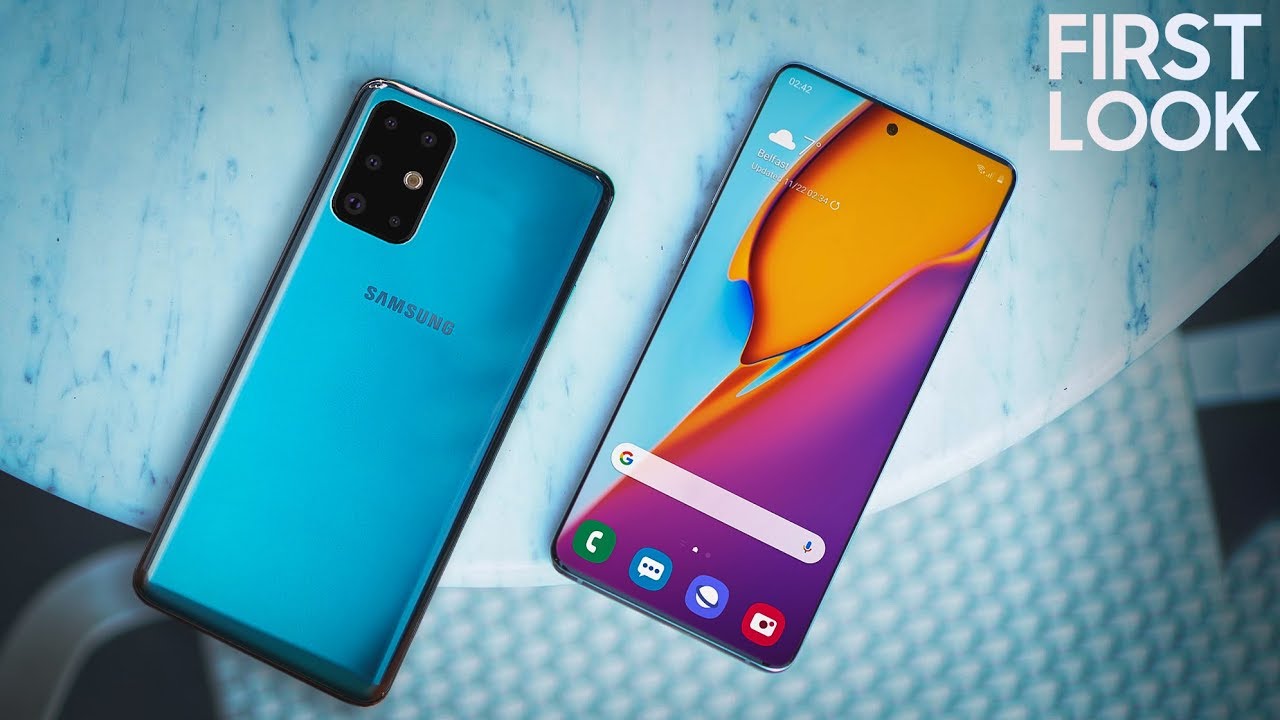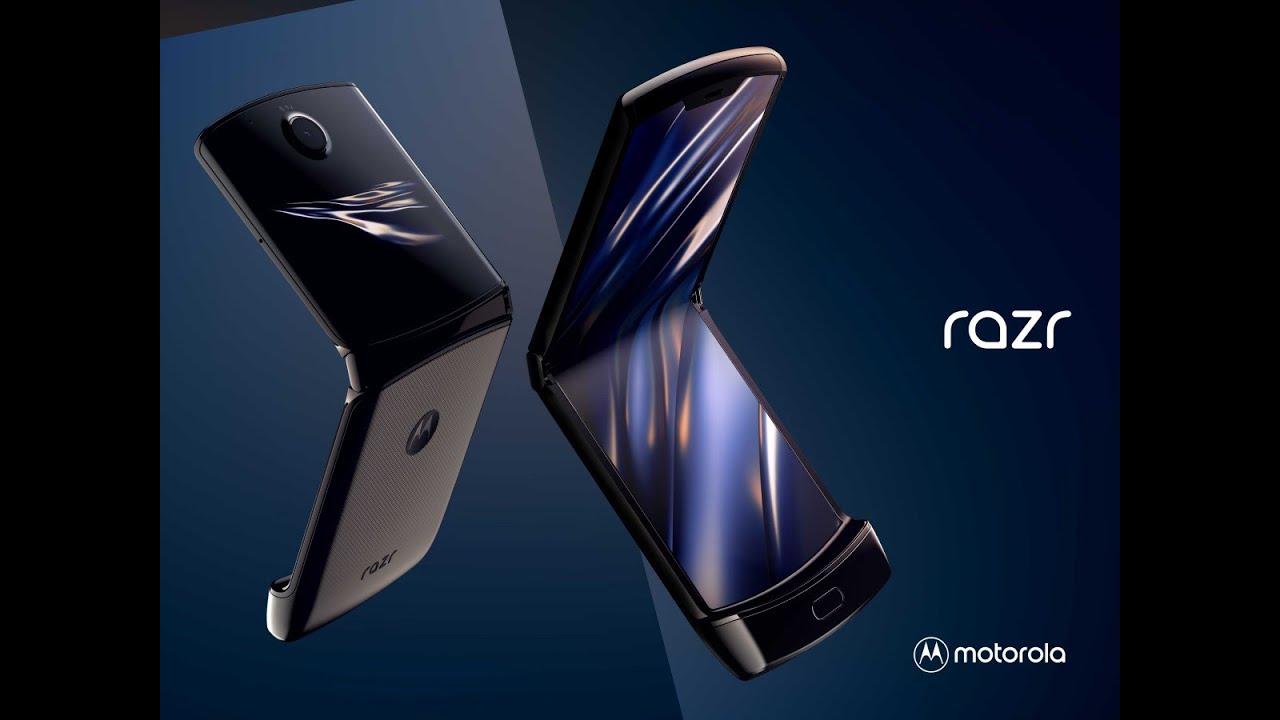There is already a stream of speculation and reports about the incoming heavyweights of this year, including the Galaxy S11, iPhone 12, OnePlus 8, and P40 Pro, along with a number of other fascinating-looking handsets. There’s the Motorola Razr, for example-when folded up, its footprint is half that of a typical smartphone-and this is the kind of experiment that we’re excited about as the smartphone industry breaks from its custom black rectangle norm into new form. Most of the phones are still the 6-inch-plus glass screens that you know and love, but we look forward to experimenting with specific improvements-better cameras, 5G and much more.
Here’s a look to the most anticipated Smartphones in 2020
Samsung Galaxy S11 series
Samsung books the year with launches of its flagship phone. The Samsung Galaxy S11, which should see updates on its cameras, specs, and so on, will be the first big phone of 2020-but the most exciting thing is how Samsung frames what’s coming up in the phones of the year. The Samsung Galaxy S10 series, for example, came out in March 2019 and introduced to the masses a triple-rear camera suite, reverse wireless charging and better night photography. Yes, the LG V40 beat it to the camera punch, and the Huawei Mate 20 Pro launched this design first in a premium package, but the S10 took both to a wider market, particularly in the United States, where it was available through every single one.
Specifications
Reports claim a slightly trimmed-down bezel and a punch-hole camera cutout based in Note 10, with screen sizes of 6.4, 6.7 and 6.9 inches across the panel. With no plans for a Huawei Mate 30 Pro-esque waterfall display, the screen could be a bit less curvy than before. Also, this time around, the 6.4 inch display model (the successor of the Galaxy S10e) is reportedly not having a flat screen. And the back of the 6.9 in Galaxy S11 + (at least) could have a very noticeable change with a huge camera module that packs five cameras–like 1.5x the size of the iPhone 11/Pixel 4 model. Add more strength to the equation and this should be a highly desirable handset, but we’ll have to see how the price point shakes out. Other rumors surrounding the optics package point to the first 108-megapixel sensor in the world that would also be making its debut with the Galaxy S11. There are also reports that the S11 has a periscope lens with a lossless zoom of 5X. Apart from these significant camera upgrades, a Snapdragon 865 chipset is supposed to come with Samsung S11. On 11 February, Samsung officially dated a new Galaxy Unpacked event for Galaxy 11 and its myriad variations and we expect to experience a lot.
IPhone 12 Series
Can 2020 see Apple shake things up after three iterations of the bold and innovative iPhone X design? Rumors indicate yes, but it is still very early.
Specifications
Reports suggest an iPhone 12 that retains the face of the all-screen while adopting a flattened metal frame more similar to the original iPhone 4, not to mention the new iPad Pro. Screen sizes could also change a bit, to 5.4, 6.1 and 6.7 inches. As for the notch, there is still no consensus as yet. We have seen designs that indicate no notch at all, with all the sensors packed in the slim upper bezel, while others say that Apple is going to redesign the notch. At that point, it is TBD, in terms of what we know. Rumors also point to a backward design with a time-of-flight camera added to the iPhone 11 Pro and Pro’s current trio. Apple is in no hurry to launch a 5G iPhone, so you probably won’t see one until this year — or even later than 2025. We expect the launch of the iPhone 12 models in September 2020, and there is no confirmation of pricing as yet, possibly not cheaper than the current models.
Motorola RAZR
In 2020, we’re expecting more foldable smartphones and in January, the new Motorola Razr will be the first out the gate. We’ve been hands-on with the phone already, and we’ve got to say, it feels awesome. Unlike the Samsung Galaxy Fold and Huawei Mate X, this is not a smartphone that unfolds into a larger-screened laptop–it’s a smartphone that folds in half to fit in your pocket or the palm of your hand. Clearly it is inspired by the classic Razr design (there’s even a classic UI option), and the hinge is a modern engineering marvel. Flipping the phone closed to end is particularly satisfying.
Specifications
That said, this very expensive (€ 1,599) phone goes surprisingly modest on specs, with a 6.2 in main screen that’s sub-1080p in resolution, a Snapdragon 710 mid-range processor, a meager 2.510mAh battery, and no wireless charging. As cool as the Razr looks and feels, are you really going to like a budget / mid-range phone to spend that much on a handset? We are really looking forward to spending more time with the al new Razr and see if it’s worth those trade-offs.
Samsung Galaxy Fold 2
After its original launch, the first Galaxy Fold finally came out in late 2019 with a refined and improved design that has, to date, stood up to traditional wear and tear in the hands of the few critics and buyers who can stomach their high price tag. We have high hopes for the Samsung Galaxy Fold 2 and hopefully iron out all the quirks it makes. There will be super-fast charging, we know little about specs. We have heard a rumor more recently that the “Fold 2” will stick to the older Snapdragon 855 chipset. A more robust inner display is the chief among these-and one that has no visible ridge along the hinge-line. We would like to see the anticipated advances in all models coming to other smartphones in 2020 like 5G, as well as a lower weight and more powerful cameras. Most importantly, however: We want it to be bit more cheaper to lower the entry cost for foldables.
Huawei P40 Pro
Early leaks suggest that the Huawei P40 Pro will continue the evolution of design, since the P20 Pro and Mate 20 Pro, mixing and matching to create what could ultimately be the best flagship hardware for the company to date.
Specifications
Reports and speculations rendering design compiles with a waterfall-style curved “Horizon Screen” (around 6.5 in) at QHD+ resolution and a refresh rate of 120Hz. There you’ll also see a dual-camera punch-hole cutout–but more noticeably, a huge back camera module with five cameras in total. From a hardware point of view, the Mate 30 Pro was great, but Google’s lack of services essentially killed it and apparently, Huawei won’t have them on the P40 Pro unless the situation with the United States quickly clears up. A Huawei representative pointed to a late March debut in Paris, so it shouldn’t be long before we see the real deal. Conclusion Above included all the smartphones in 2020 are mainly speculated gadgets for now and could be unveiled at any date or month of this year. We may not even be released at all as for now they are all just speculation.




